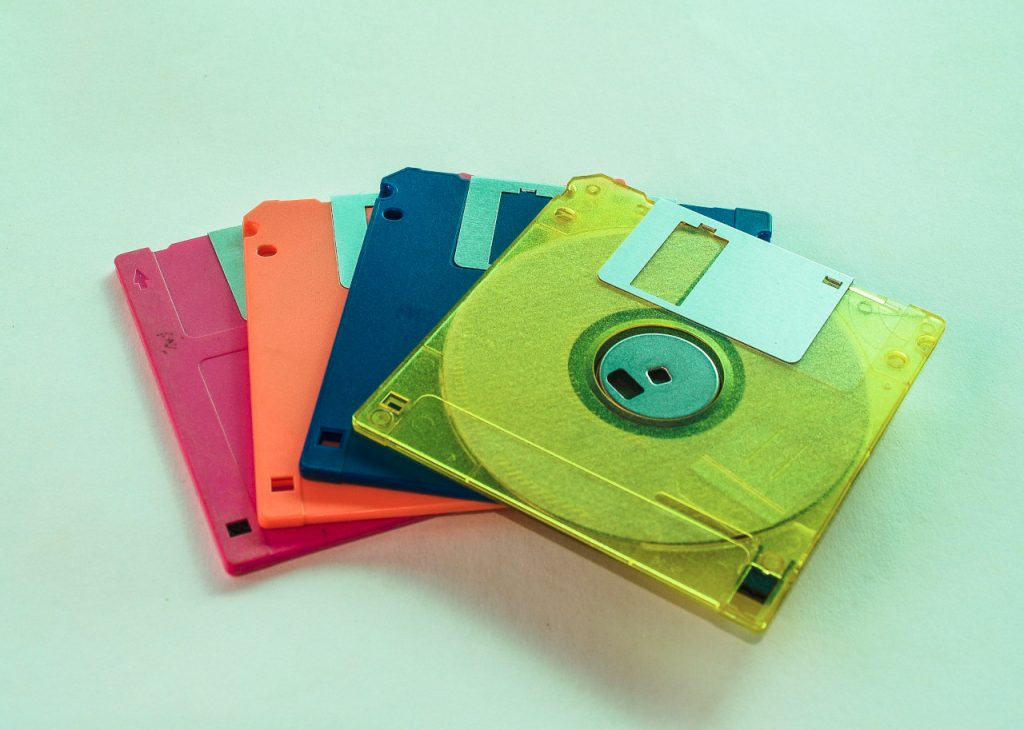Some days ago we commented the change of model in the software industry that led Microsoft to change its vision of open source. It is interesting review how things changed from the point of view of Linux users.
Linux has been around for 30 years. In a person it is enough time to train in a profession, get married and have children. In technological terms, it is worth saying that It is from the time when the fax was the basis of business communication, the cedes the great revolution of the music industry and the PCs (a market still dominated by IBM) began to displace the home computers as the basic equipment of modern computing.
Perhaps the best way to realize the change is to see the two films in the saga wargames. The original, responsible for inoculating the computer virus in several of those that would later make history in the industry, and its unnecessary but bearable sequel.
In the first, the protagonist uses a bulky (by our standards) equipment that connects to the network by supporting the receiver of a landline telephone on the modem. The programs you need are installed from a huge 8-inch (20,32 cm) floppy disk. Of course, we are talking about the 83 so there was no graphical interface
The protagonist of the second (2008) was already moving with his notebook and took advantage of the WiFi in the cafes to connect. If there were (And may the wrath of the gods wipe Hollywood off the face of the earth if that happens) a third, surely we would be talking about tablets that connect via 5G.
The first way of installation
The first Linux distributions were installed by successively inserting a series of floppy disks on the reading unit. This storage medium had been invented by IBM in the 70s, but by the 90s they had reduced their size considerably (8,9 x 9,3 cm). A 3 ½-inch floppy disk could hold a minimum of 1,44 MB.
In the center of each floppy was a ring made of a magnetic material. Inside each hoop information was recorded in circular tracks which were in turn divided into wedge-shaped sectors. For the hardware to access a specific sector of the storage medium it was necessary to previously mark them in magnetic form. This was done through the formatting process.
Installing a fully functional Linux distribution could require at least half a dozen floppy disks and took several hours plus a careful reading of the documentation. This storage medium was cheap but fragile so a write or read error was enough for the procedure to be frustrated.
And of course, even if the installation worked fine, hardware may not be fully supported. At that time Linux installation, at least in the home market, was for enthusiastic hobbyists.
Linux 30 years ago. The first diskette distributions
The first Linux distribution that records history was created by a programmer named HJ Lu in 1992. It was distributed on two 5,25-inch floppy disks.
- The first floppy called LINUX 0.12 BOOT DISK was used to boot the system.
- The second received the name of LINUX 0.12 ROOT DISK gave access to a command interpreter that allowed access to the LInux file system.
The user had to iInsert the first disk and, when the system asks for it, the second. Of course, this was not instantaneous. Yes you want it to have Linux on your hard drive you had to edit the bootloader using a hex editor.
However, we didn't have to wait long for a much friendlier alternative. Around the same time, Owen Le Blanc of the Manchester Computing Center (UK) released MCC Interim Linux.
MCC Interim Linux had a menu-based installer and included various tools both utilitarian and programming. Its installation on the hard disk was very similar to the one we currently use and it didn't require modifying the master bootloader using a hex editor. Of course, this distribution, despite progress, it still had no graphical environment.
Although it was mainly distributed on a series of floppy disks, It was also possible to download via the network using an ftp server.
In the next article we will talk about how a new installation medium came to change things.

Excellent article, I congratulate you. It is true that we must see our journey, our Linux user home in these 30 years ... because notable advances have been made in different areas (hardware, software, design, firmware, packaging, layers, architectures such as ARM ...) and we are novices always very disoriented based on these advances.
Thanks for your comment. I hope the second part is up to the task.
In the phrase "you give them the great revolution of the music industry" what are the "you give" ??
https://es.wiktionary.org/wiki/ced%C3%A9